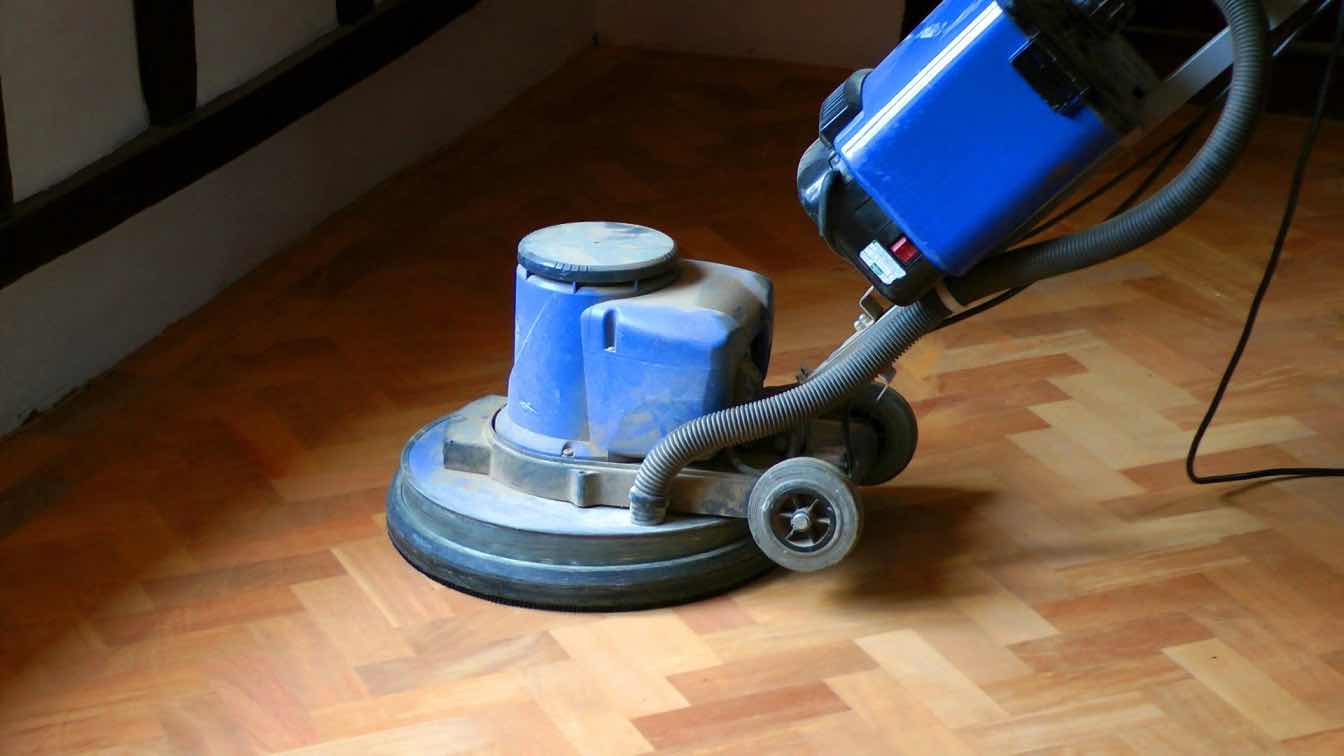A lot of people do not exactly know what Microcement is, oftentimes they confuse the term as a type of polished cement. When it comes to making choices for renovation, people become indecisive on what to pick, whether to apply polished cement or to use microcement.
In other to better understand the utilization processes of both products and determine the best option for renovation, we need to clarify their individual terms and identify the differences between these solutions.
What is Microcement?
Microcement is a decorative material designed to create new interiors and exteriors. It consists of cement, liquid polymer, mineral pigments, dry powder, and additives. Its high adherence property makes it suitable to be applied on top of already existing walls, floors, tiles, marbles, and other materials.
Its versatility provides the convenience of use in all sorts of settings. Various companies such as Smartcret are designing DIY ready-to-use microcement. This means that whether in the kitchen, dining, bathroom, restaurant, sports center, or even a swimming pool, the product can be applied to all building types.
What is Polished cement?
Polished cement is a concrete floor made by grinding, cleaning, and honing with abrasives. This technique is utilized to either transform already existing concrete floors or to make new floors in industrial and decorative buildings. It is used in retail outlets, exhibition halls, eateries, and air terminals.
It permits the floor to breathe and gets rid of problems that emerge from using other materials such as tiles, which completely seal off the concrete. Furthermore, it is impervious to moisture transmission.
Differences between both products
The major difference between the two solutions lies in their functionality. While Microcement is regarded as a decorative coating material, polish cement functions in the absorption of loads. Below are some other major differences between the two.
Thickness
Microcement has a total system thickness of 3 millimeters. This property enhances its ability to adhere to curved and flattened surfaces.
Polished cement, on the other hand, has its least thickness at 6 centimeters. This difference in thickness makes both materials different.
Expansion joints
While applying polished cement on floors, it is necessary to use expansion joints to avoid cracking. These joints act as absorbers of thermally induced expansion and contraction.
Unlike polished cement, microcement does not expand, therefore it has no need for expansion joints. Its inability to expand or contrast makes it perfect for continuous coating.
Work stages and readiness for use
The work stages required for microcement include; priming, applying the product, grinding, and varnishing. The total time of readiness for use is approximately 12 hours, with full curing of 7 days.
For polished cement, its work stage consists of; pouring concrete, floating, surface hardening, dilatation, grinding, chemical impregnation, polishing, and varnishing. It has a total of 14 days time for readiness and an extra 28 days for full hardening.
Versatility
Microcement can easily be applied on all surface types, whether vertical, horizontal, curved, or flat.
Polished cement can only be applied in certain surfaces. It can not be applied on vertical surfaces or on ceilings.





